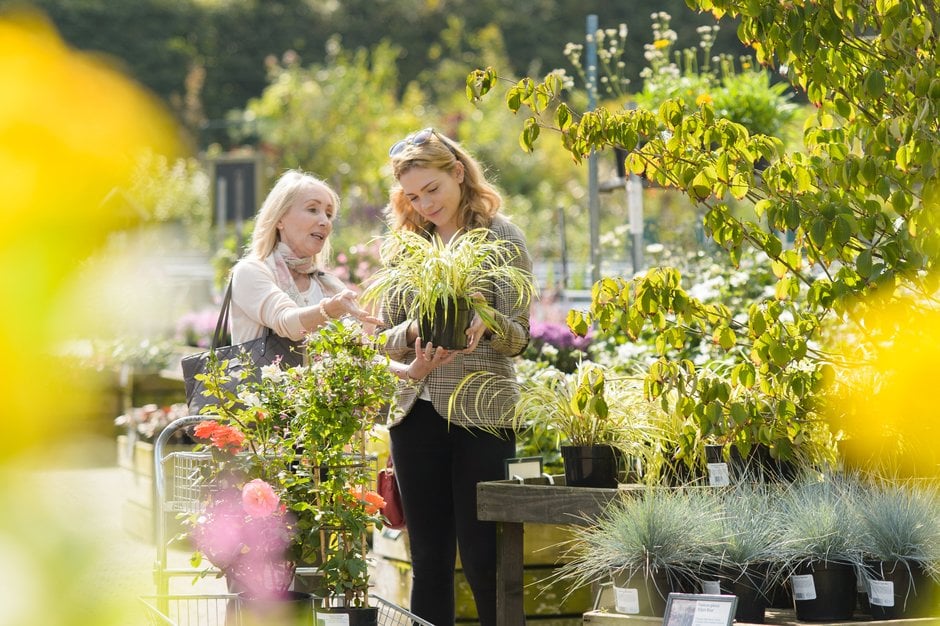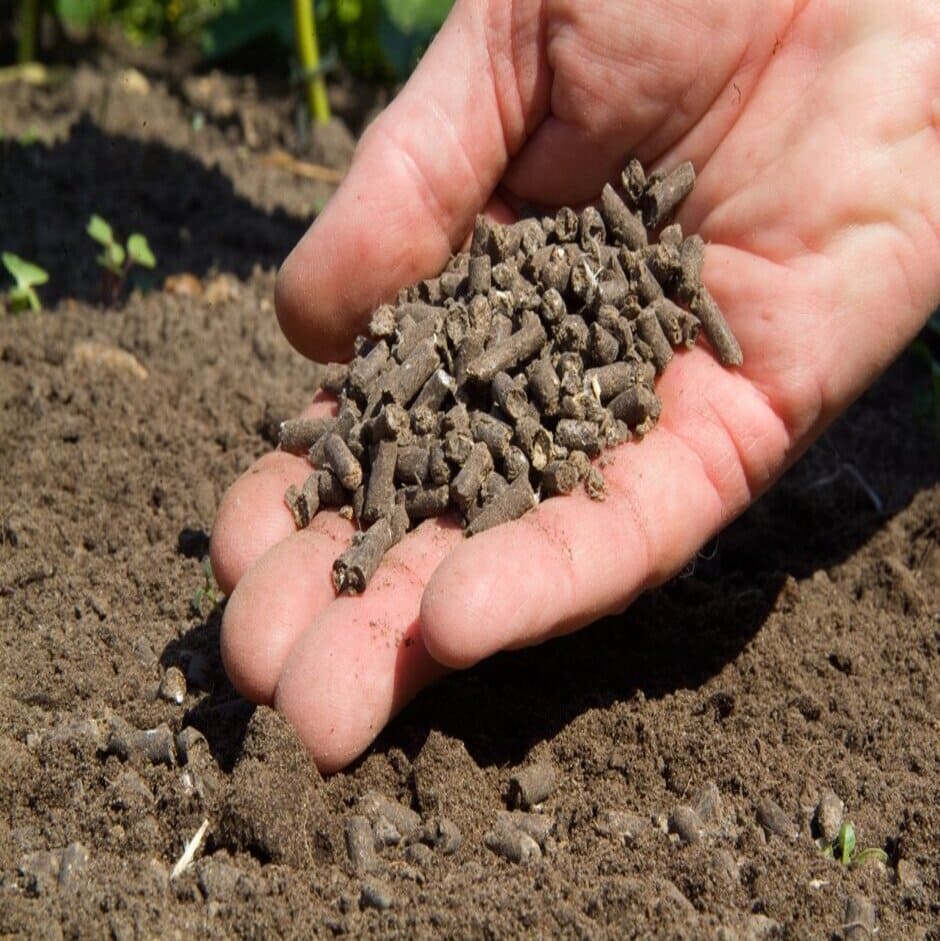What’s in a name?
If you pop into a garden centre and look under A for Aster, you might or might not find what you are looking for. The reason for this is that some asters have had a name change, so here’s our guide to finding what you are really after. But long and short of it is, you might need to check under it's old and new name to be sure if they have it for sale.
In recent years, botanists and scientists have been looking closely (to DNA level) at the groupings of plants in the daisy family (Asteraceae). Name changes, particularly within a popular genus like Aster, are only made and introduced when there are good reasons to do so. The genus Aster previously contained not particularly closely related plant species from all over the world. To address this problem some regrouping was necessary.
Some species retain the name Aster, for example, Aster amellus and Aster × frikartii have not changed at all. Some have a new genus name, with slight alterations to the species name, for example Aster turbinellus is now known as Symphyotrichum turbinellum.
Symphyotrichum is one of the new names that will become better known to UK gardeners because it has been given to two of the most popular types of Michaelmas daisies. New England asters (Aster novae-angliae) and New York asters (Aster novi-belgii) are now called Symphyotrichum novae-angliae and Symphyotrichum novi-belgii respectively.
As with other name changes, it will take a while until the new names are widely used. If you would like to know more about the name changes, an informative article on the subject is available here - The Splitting of Aster.
Choosing an aster
There are many asters to choose from, so to help with your selection it’s easiest to begin by narrowing down your options:
- What will grow well in your garden’s growing conditions?
- Which garden style would you like your new plants to fit in with?
- Any size and colour preferences?
- Perennial or annual?
As a result, we’ve made lists of asters to help you select which are suitable for
- Two of the most popular types of asters grown in UK gardens are Symphyotrichum novae-angliae (New England asters) and Symphyotrichum novi-belgii (New York asters), with dozens of cultivars of different size and colour listed in RHS Find a Plant.
- Most asters grown in the UK are hardy herbaceous perennials. Asters do not like prolonged periods of wet soil in winter. A free-draining soil is particularly important for asters that originate from Europe, for example Aster amellus.
- Callistephus chinensis and cultivars of it are annuals, ideal for summer bedding, containers and cut flowers.
To help you choose from the many available asters, look for those that have received the RHS Award of Garden Merit, as these have been assessed and are known to perform well. Use the RHS Find a Plant tool to browse images and focus your search on criteria for your particular requirements.
There are National Collections of asters, more information on the collections and when they can be viewed can be found on the Plant Heritage website.
Buying an aster
Many
garden centres and nurseries stock asters, most commonly in 2 or 3 litre pots. Use our
Find a Plant tool for stockists.
Garden centres often stock plants when they are in full flower and looking at their best. Buying asters in late summer and early autumn when they are flowering has the advantage of allowing you to see exactly what colour the flowers are, although the plants will be very thirsty when at their peak of flowering, so will require regular watering after planting to help them establish. It is also worth bearing in mind that container- grown plants are unlikely to have reached their full height potential, so the plant could be a lot taller after a
The period of time when an individual plant is in active growth. This will depend on the local climate and light levels, and can vary between different plants, although it is broadly from spring to autumn.
in your garden soil.
You will most likely see container-grown asters for sale, but it is possible to buy herbaceous
Perennials are plants that live for multiple years. They come in all shapes and sizes and fill our gardens with colourful flowers and ornamental foliage. Many are hardy and can survive outdoors all year round, while less hardy types need protection over winter. The term herbaceous perennial is used to describe long-lived plants without a permanent woody structure (they die back to ground level each autumn), distinguishing them from trees, shrubs and sub-shrubs.
as
These have been lifted from the ground while dormant, with little or no soil around their roots. Various plants may be available bare root, including fruit trees, hedging plants and some perennials. They are generally cheaper than plants in containers, but are only available in winter/early spring, while dormant
plants. These will be available by
mail order from autumn through to early spring. Buying bare-root plants is a good way to avoid the use of new plastic pots, but they will need planting or potting up when you receive them.
Annual aster,
Callistephus chinensis, can be grown from seed in spring. Some garden centres stock seed; alternatively, they can be bought from online seed catalogues (eg.
Chiltern Seeds or
Mr Fothergills).














